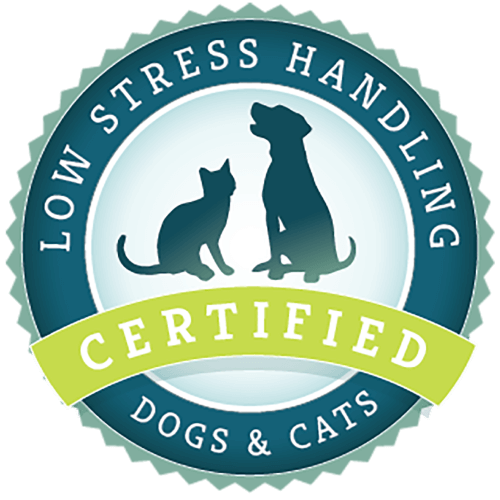What article are you looking for?
Category: Dogs
Stationing Your Dog for Nail Trims
Stationing is beneficial for nail trims as well as veterinary and husbandry procedures. Training consent behaviors builds confidence, promotes force-free learning, and increases your pet’s cooperation.
How to Teach Your Dog to Come to You
Recall training should create memories of fun, fast returns to you. Start teaching your puppy this life-saving skill when you bring them home.
Teaching Your Dog To Lie on Their Side for Nail Trims
Training consent behaviors builds confidence, promotes force-free learning, and increases your pet’s cooperation.
Puzzle Toys for Your Dog
Does your dog finish his food toy in just a few minutes? Puzzle toys can help make treat time last longer.
House Training Adult Dogs
Although you may have been told your new adult dog is house trained, that may not be the case in your home.
Low Calorie Training Treats
Q: My vet told me my dog needs to lose weight so now I can’t use treats for training. What do I do?

Low Stress Handling® Silver-Level Certification
Individual Certification at this level demonstrates to clients and employers the individual’s dedicated interest in Low Stress Handling®. Hospital Certification at this level demonstrates to clients and staff the hospital’s commitment to appropriately training staff in Low Stress Handling® methods.
Learn More
